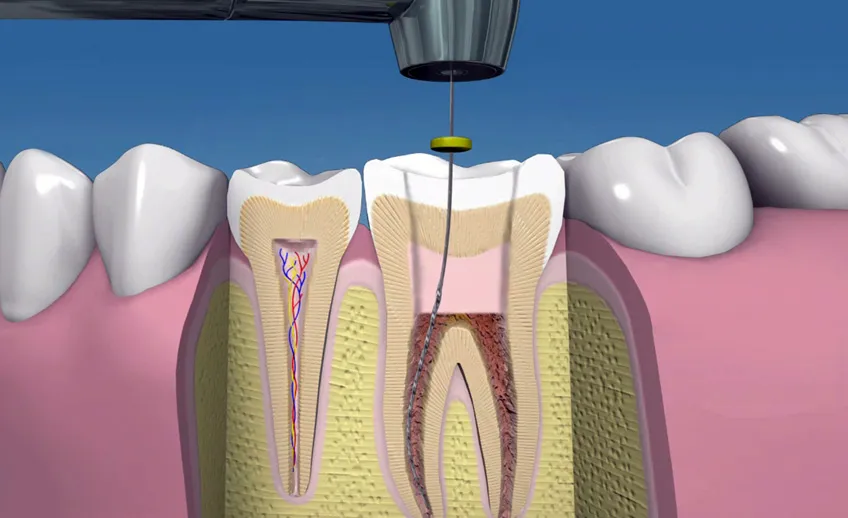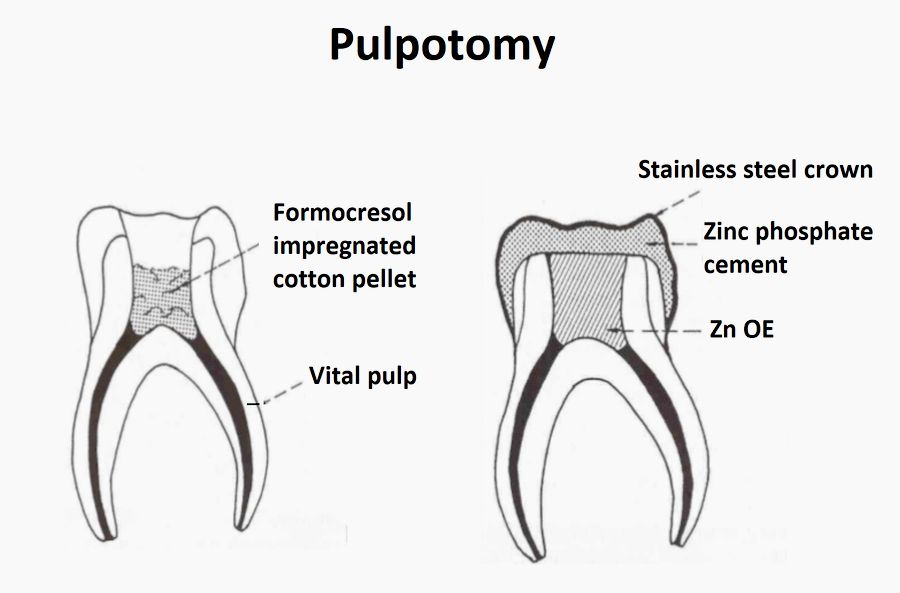Are you one of those people who have been told by their dentist that they need a root canal? No need to worry. Many other individuals share the same experience. Over 15 million teeth are saved each year with the help of this treatment. A root canal treatment is an oral procedure that involves the removal of inflamed or infected pulp from inside your tooth and then carefully cleaning and disinfecting it.
This process does not only remove harmful bacteria but also prevents the possibility of the tooth getting re-infected. With this procedure, you can say goodbye to tooth pain and hello to a healthier, brighter smile! Want to learn more? Keep reading.
WHAT EXACTLY IS A ROOT CANAL TREATMENT?
Root canal treatment, also known as endodontic therapy, is a dental procedure designed to address infections located at the core of a tooth. Contrary to common misconceptions, root canal treatment is not a painful experience and can effectively rescue a tooth that might otherwise require complete removal. In simpler terms, this procedure aims to preserve your natural tooth and alleviate any discomfort caused by infection. This, in turn, ensures a healthier and more comfortable oral state.
FACTORS THAT INDICATE YOU NEED ROOT CANAL TREATMENT
Recognizing signs of an inflamed pulp is crucial for understanding dental health. Common indicators include:
- Tooth sensitivity and pain
- Irreparable damage to the pulp
- The presence of tenderness, swelling
- The emergence of pimples on the gums.
- Noticeable changes in tooth color, such as darkening or discoloration.
If you are experiencing any of the above-mentioned symptoms, it is best to consult your oral care professional. They can guide you on whether a root canal is suitable for your specific case after considering the overall condition of your tooth and the extent of the infection.
THE PROCEDURE OF ROOT CANAL TREATMENT
Root canal therapy is generally completed in the following steps:
- The dentist starts by numbing the area around your damaged tooth with local anesthesia.
- Then, a rubber dam might be placed to isolate the tooth and keep it free from contaminants.
- Following that, an opening is made in the tooth, and the infected pulp is removed.
- Then, the dentist thoroughly cleans the root canals and pulp chamber. This ensures proper disinfection with the use of endodontic files.
- After that, medication is placed into the root canals for a few weeks to ensure complete disinfection, and a temporary filling seals the opening.
- Next, the temporary filling is replaced with a permanent filling made of rubber-based gutta-percha, and a core is used to cover and restore the tooth’s structure.
The root canal treatment is finished. You may require a postoperative x-ray to conclude the procedure. This ensures all affected areas are properly treated. After this procedure, your dentist might suggest the placement of a dental crown to strengthen the treated tooth. There are various options of crowns that you can choose from.
TYPES OF ROOT CANAL THERAPY
Here are 3 most common types of root canal therapy:
1. NONSURGICAL ROOT CANAL TREATMENT
In this type of root canal procedure, dentists or endodontists drill a tiny hole in the affected tooth and extract the infected nerve tissues. After that, they thoroughly clean the infected area and seal the inner chamber. This type of root canal treatment is usually suggested for severely damaged, decayed, or infected teeth that a filling cannot improve.
Moreover, this procedure requires a skilled specialist, called an endodontist, who has the right training and experience with these small files. Their expertise is crucial for the success of the root canal, reducing the chances of any problems or needing to do it again.


2. APICOECTOMY
If a regular root canal doesn’t fix the infected tooth, a more advanced treatment called an apicoectomy is usually recommended. It is a tiny surgery. In this procedure, the dentist removes the tip of the tooth’s root, fixes it up, and seals it with a special filling. The jawbone then heals over the next few months.
There might be some discomfort since this process is a bit more invasive than a regular root canal. However, the dentist will numb the area with local anaesthesia to make it bearable. Nevertheless, it is normal to have minor swelling and discomfort afterward.
Dentists use certain techniques and tools, like ultrasonic tips, microinstruments, and special microscopes, for this procedure. They also use high-quality materials to fill up the tooth. The success rate for this treatment is impressive—more than 90 percent. So, if you ever need an apicoectomy, know that it’s a well-established and successful way to save a damaged tooth.
3. PULPECTOMY
In this dental procedure, the endodontist typically removes the pulp from both the crown and roots of a tooth. After taking it out, they fill the space with a special material.
After booking an appointment to do this treatment, the dentist uses X-rays to check the shape of the root canals and see if there’s any infection or abscess. If an issue exists, they will numb the area with a local anesthetic, drill a tiny hole in the tooth, and carefully remove all the pulp using precise tools.
The next steps involve cleaning, disinfecting, and preparing the tooth for the filler. The filler used is meant to be reabsorbed as the permanent teeth come in, so it’s like a temporary solution that helps save an infected tooth. It is a quick and effective way to manage this oral issue in just one visit to the dentist.

WRAPPING UP
Root canal treatments play a crucial role in preserving millions of teeth each year. They offer both relief from pain and the retention of natural teeth. However, one must recognize signs of infection in the early stage and seek prompt dental care to prevent complications. The root canal procedure involves a series of careful steps, starting with the removal of infected pulp and concluding with the sealing and restoration of the tooth.
Moreover, various types of root canal treatments cater to specific needs. Nonsurgical root canals, apicoectomies, and pulpectomies are among the options available. These treatments have witnessed advancements in techniques and tools. As a result, they have contributed to a high success rate. This success ensures that patients not only find effective solutions for managing oral health but also achieve brighter smiles through the preservation of their natural teeth.










